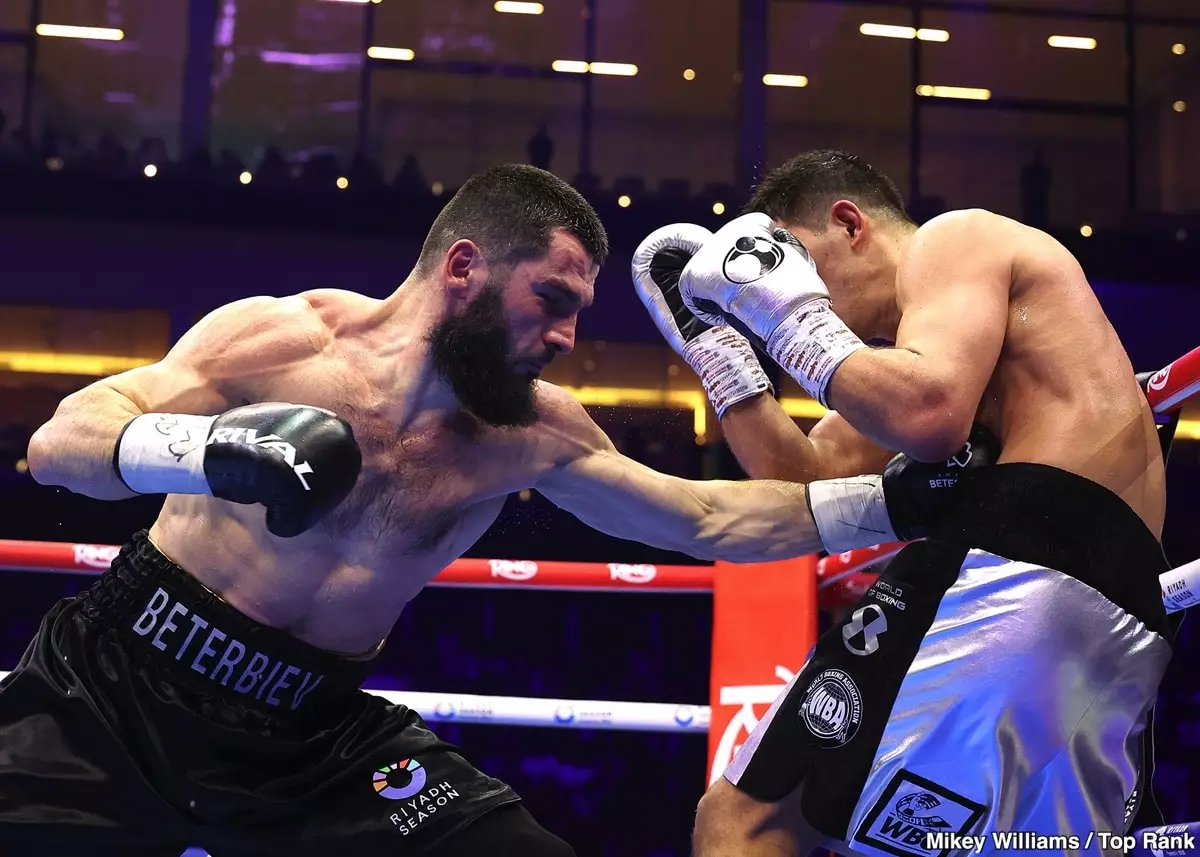In the world of boxing, rivalries often propel not just the fighters but the sport itself into the spotlight. The expected rematch between Dmitry Bivol and Artur Beterbiev has been touted as a significant matchup by promoters and fans alike, despite a lackluster response from American audiences. Bob Arum, a prominent promoter in the boxing community, recently expressed that the Saudis are “enamored” with this rivalry, willing to invest considerable sums in bringing these talents back into the ring for another face-off. But why this fascination, when the past two encounters yielded disappointing pay-per-view figures, with only 45,000 buys in the U.S. for their latest bout?
Aging Fighters and Diminished Excitement
Bivol and Beterbiev, while undeniably skilled with impressive records—Bivol at 24-1 and Beterbiev at 21-1—are both entering the twilight years of their careers. Their fighting styles have also not captivated audiences as intended. Bivol displays a style reminiscent of a cautious Shakur Stevenson, frequently opting for evasive maneuvers rather than exchanging blows. On the other hand, Beterbiev, at 40, often appears slow and deliberate, methodically pursuing Bivol like a heavyweight grappling with a featherweight. The lack of engagement has fostered a sense of monotony for fans who crave dynamic, thrilling contests.
Certainly, casual fans yearn for the adrenaline rush that comes with a fight where both contenders meet in the center of the ring, exchanging powerful punches in a display of ferocity and heart. Instead, what we have witnessed so far are stylized performances that will not resonate with a broader audience.
The Appeal of New Blood
As boxing enthusiasts cast their eyes beyond the aging rivalry, figures like David Benavidez emerge as beacons of excitement. Benavidez, known for his aggressive style and knockout power, presents a striking contrast to both Bivol and Beterbiev. His active, engaging approach could very well breathe new life into the division and reignite interest from American fans craving a revitalizing shake-up. The narrative is clear: If promoters want to continue maximizing their investments and profits, they need to be willing to explore fresh match-ups that excite not just the pockets of foreign investors but tap into the pulse of American fight culture.
Financial Incentives and Market Realities
While the Saudis have shown a willingness to pay hefty purses in pursuit of the Bivol versus Beterbiev trilogy, one must wonder if such financial incentives will lead to meaningful engagement from the American audience. Though the allure of massive earnings may sway the fighters, the reality remains grim as lukewarm viewership numbers signal a disinterested market. The ongoing saga raises important questions: Can this rivalry maintain its relevance in a modern fighting landscape? Or will it be relegated to relic status, a mere footnote in boxing history overshadowed by the rise of new, electrifying talents?
Only time will tell if the allure of a trilogy can reinvigorate interest or whether it is time to pivot toward fighters who embody the passion and excitement that fans truly desire.

